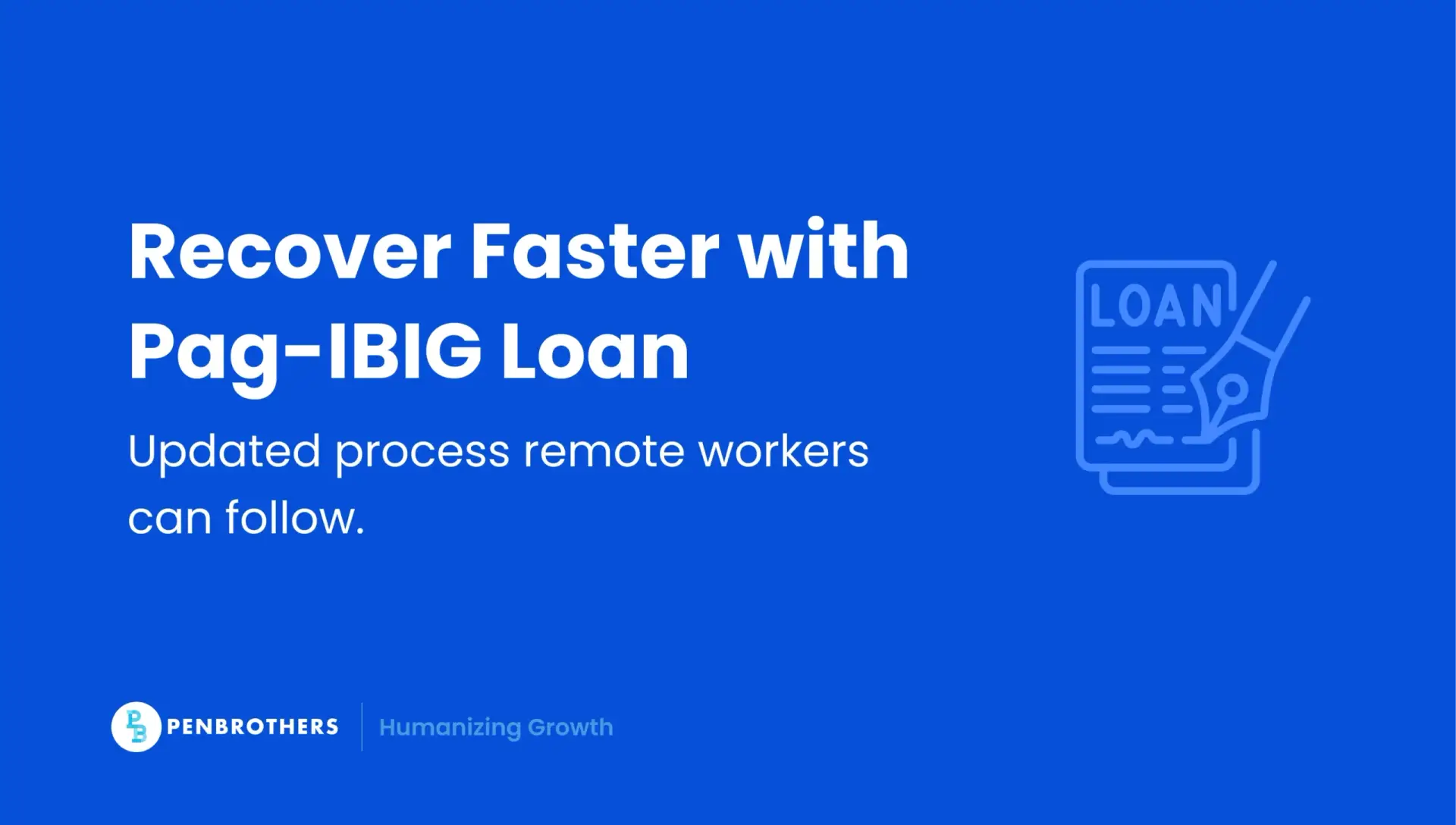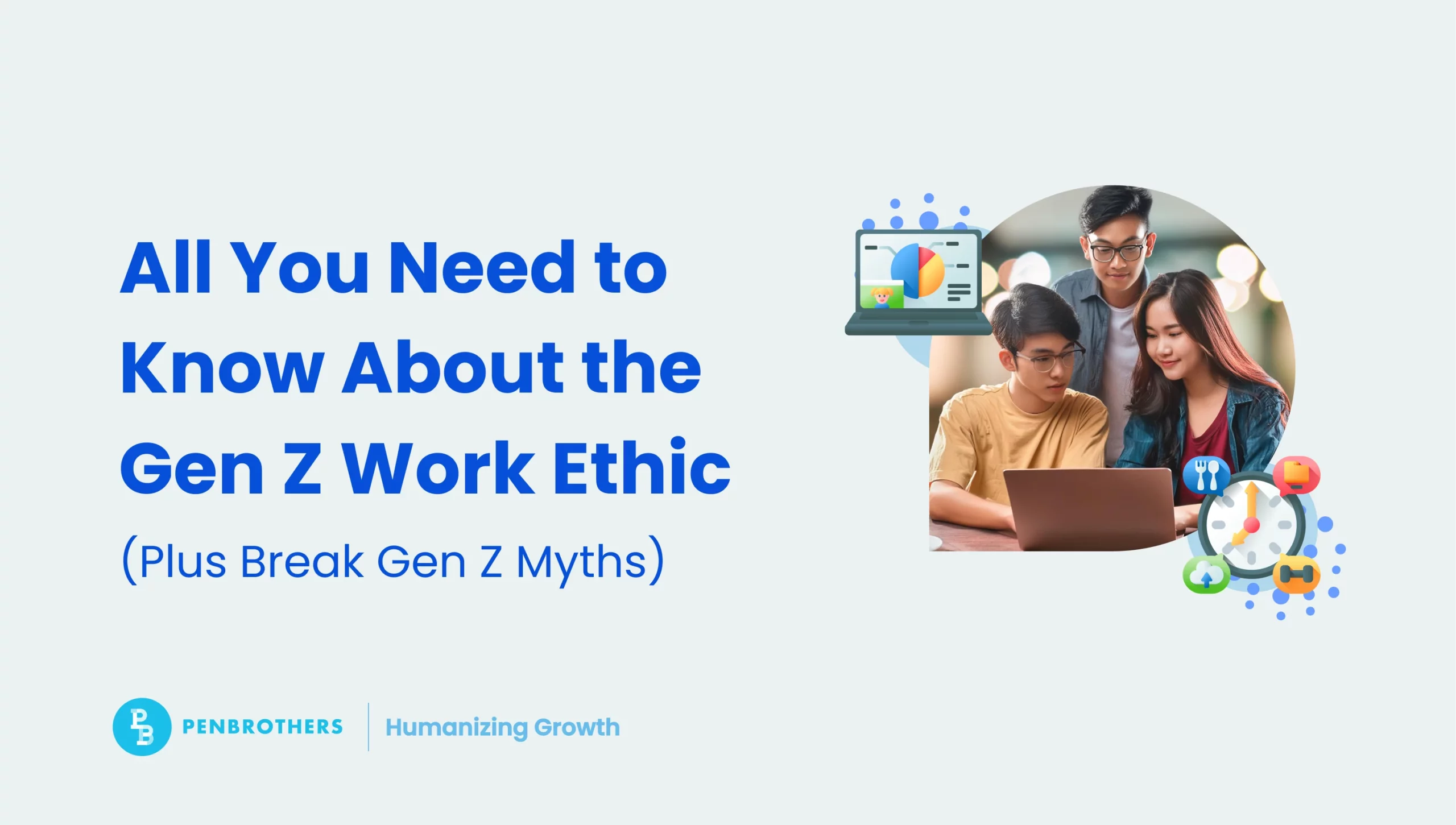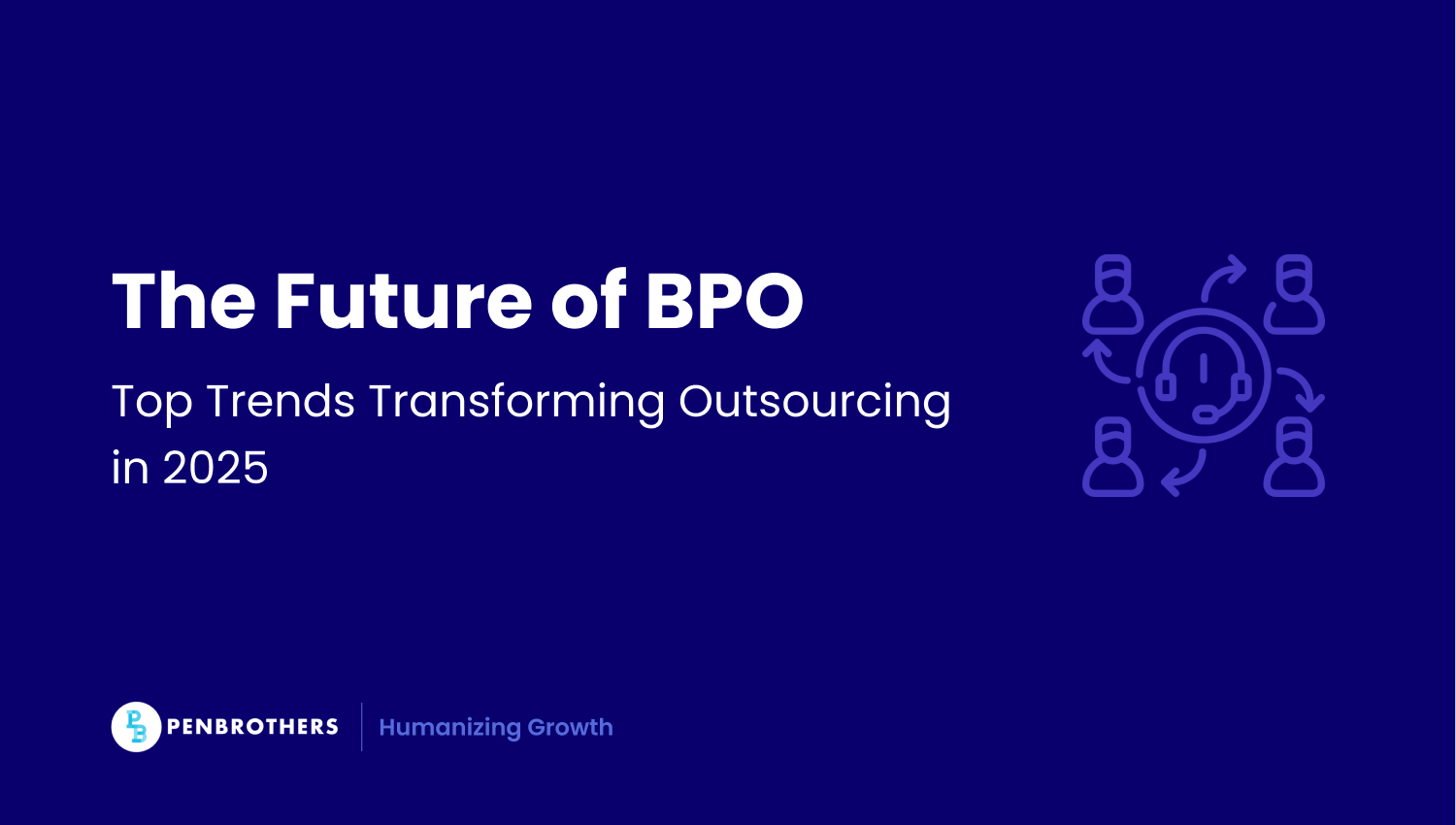What's Inside?
Pag-IBIG Calamity Loan: Complete Guide for Remote Workers

Key Takeaways
- Your access to Pag-IBIG calamity loans can vanish if contributions aren’t fully up to date. Check before it’s too late.
- Even seasoned remote professionals risk delays or denials without proper documentation. Know the hidden steps to secure your loan.
- Not understanding your loanable amount and repayment plan could leave you financially exposed when disaster strikes.
In the Philippines, calamities aren’t rare. They’re an expected part of life. Typhoons, floods, earthquakes, and volcanic eruptions don’t just damage property; they also disrupt income. That’s why the Pag-IBIG calamity loan exists: to give members quick financial relief when disaster strikes.
But there’s a gap most people don’t talk about: many remote workers can’t actually use it.
Freelancers or those working for non-compliant employers often discover too late that their Pag-IBIG contributions are missing or irregular. Without updated records, they’re ineligible for loans right when they need help the most.
This guide explains how the calamity loan works, why payroll compliance matters more than you think, and how to approach it with protection for remote workers in times of crisis.
What Makes the Calamity Loan Work
Officially, this calamity loan lets qualified members borrow up to 80% of their total savings (called Total Accumulated Value or TAV). To apply, your area must be declared under a state of calamity, and you need at least 24 monthly contributions.
But here’s what isn’t emphasized enough: eligibility hinges on updated, employer-verified contributions.
For freelancers and independent contractors, contributions are voluntary and often irregular. For remote workers hired directly by foreign companies without a Philippine entity, Pag-IBIG may not see them as employees at all. In both cases, access to the loan collapses.
Related articles:
- SSS Calamity Loan 2025: What Remote Workers Must Know
- Is the Philippines Safe for Business? Complete Safety and Risk Analysis Guide
The Hidden Link Between Payroll and Loan Approval
Most guides explain “requirements” and “steps.” What they miss is how deeply payroll records drive loan approval.
- Employer Certification: Pag-IBIG requires confirmation that you’re employed and contributions are accurate. Freelancers can’t provide this.
- Repayment via Payroll: Loans are paid back through salary deductions. If your payroll isn’t integrated with Pag-IBIG, processing can stall.
- Consistency of Records: Late or missed employer remittances create gaps in Pag-IBIG’s system, often leading to rejections.
This is why many Filipino remote workers are surprised when their calamity loan applications don’t move forward. The bottleneck isn’t the loan itself. It’s the lack of compliant payroll backing them up.
How Much You Can Borrow: Scenarios That Matter for Remote Workers
Most online resources simply say, “You can borrow up to 80% of your TAV.” That’s accurate but vague. The reality is different for every worker.
- Early-career remote worker
- 3 years of contributions
- TAV: ₱30,000
- Loanable: ₱24,000
- Repayment: ~₱1,050/month for 24 months
- 3 years of contributions
- Mid-career remote worker
- 10 years of contributions
- TAV: ₱200,000
- Loanable: ₱160,000
- Repayment: ~₱7,000/month for 24 months
- 10 years of contributions
These figures aren’t just numbers. They affect monthly budgets. For remote workers managing global pay cycles while covering local expenses, knowing the exact impact on take-home pay is critical.
Application Pathways That Fit Remote Work
Many guides still suggest branch applications, but for remote professionals, that isn’t always practical. Fortunately, Pag-IBIG has made the process more digital.
Here’s what works best if you’re remote:
- Confirm calamity declaration for your area.
- Prepare documents: government ID, proof of residence, calamity certificate.
- Request employer certifications—required by Pag-IBIG, and the main stumbling block for freelancers.
- Apply through Virtual Pag-IBIG, where you can upload scanned copies and track progress.
- Receive proceeds through your payroll-linked cash card or bank account.
Employees don’t get stuck at step 3 here at Penbrothers. Our compliance team provides employer documents quickly, so remote workers can move directly to the online application.
Why Some Applications Get Delayed
Delays usually stem from issues that workers can’t solve on their own:
- Lapses in contributions.
- Remittances not reflected in Pag-IBIG’s records.
- Missing employer certifications.
- Applications filed outside officially declared calamity zones.
For freelancers, these barriers are often impossible to overcome especially the employer-side documents.
What Calamity Loans Say About Career Security
A calamity loan is more than just financial aid. It’s a reflection of how solid your employment really is.
If you’re with a compliant employer, it means you have access not just to loans but also to other Pag-IBIG benefits: housing loans, dividends, and retirement savings. If you’re with a freelance setup or a non-compliant employer, you’re on your own when disaster hits.
For seasoned professionals choosing between freelance contracts and stable remote work with benefits, this is the deciding factor: Do you want flexibility alone, or flexibility with protection?
FAQs Remote Workers Actually Ask
Does Pag-IBIG have a calamity loan?
Yes, but access depends on updated contributions.
How many days until approval?
Typically 2–20 days. The usual cause of delay is missing employer certification.
Who is eligible?
Active members with at least 24 contributions in calamity-declared areas. The less-known truth: your employer must also be compliant.
How much is the first loan?
It depends entirely on your TAV. Our payroll team can help you estimate your loanable amount before you file.
What are the requirements?
IDs, proof of residence, calamity declaration, and employer validation. Without a recognized employer, applications stall.
Final Takeaway: Real Remote Work Is Crisis-Proof
Every Filipino worker knows calamities can strike anytime. What many don’t realize is that their access to Pag-IBIG benefits depends less on them and more on whether their employer is compliant.
The calamity loan is proof. Freelancers and misclassified workers may appear “independent,” but when they need help, they’re often ineligible.
Penbrothers changes that. We combine global opportunities with full compliance, so remote professionals get both career growth and the security of knowing their benefits will be there when it matters most.
Because true remote work isn’t just flexible. It’s futureproof.
*This article was crafted with the support of AI technology, refined by a human editor and verified by a human subject matter expert.





